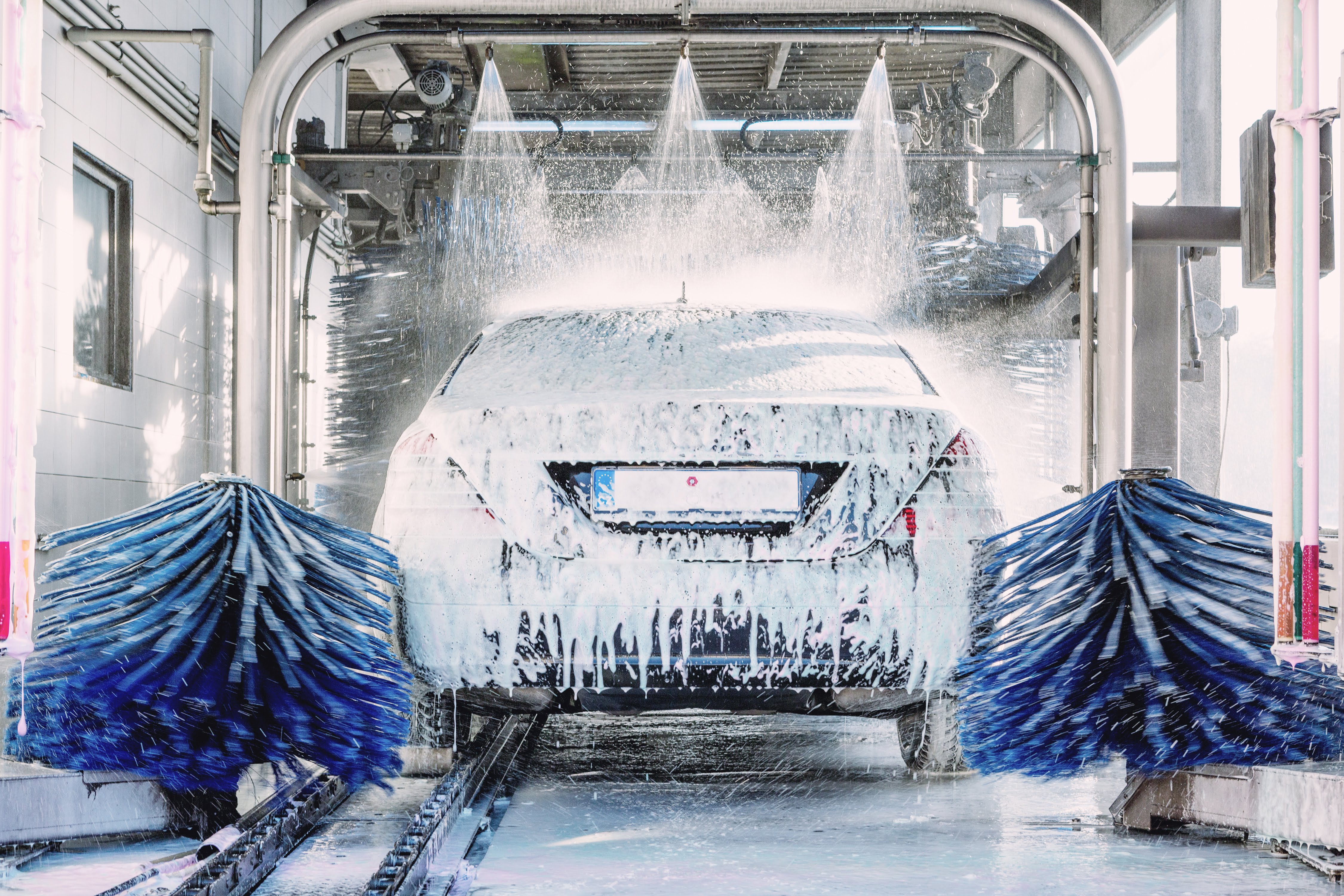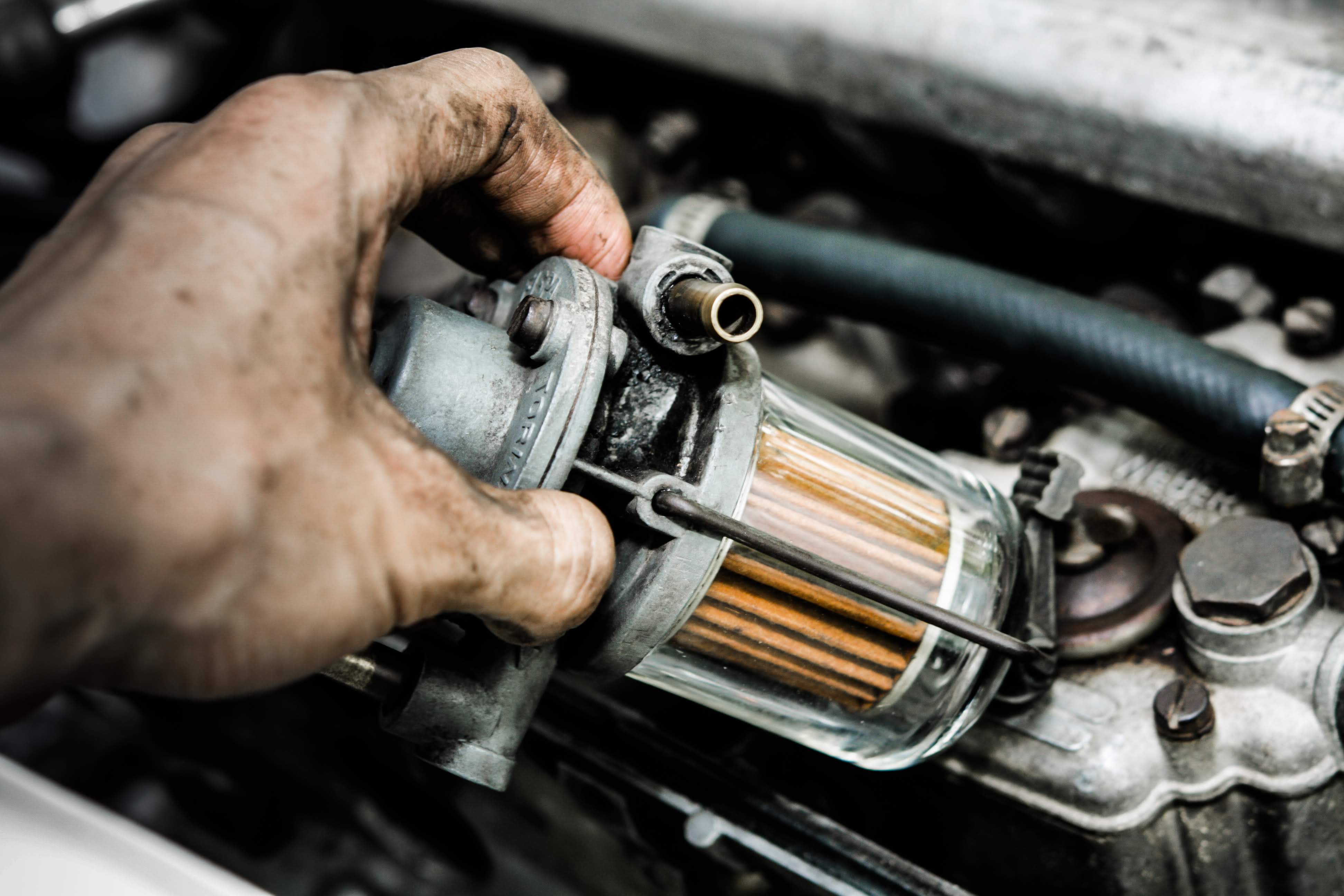
8 treatments after winter your car will be grateful for
Content
- What will you learn from this post?
- Shortly speaking
- Start with a comprehensive car wash
- Make sure you have maximum visibility
- Replace dirty filters
- Don't forget the cabin
- Stay on the road any time of the year
- Check the condition of the suspension and steering.
- Take care of the braking system
- Add working fluids.
“And after February, March hurries, everyone is happy at the end of winter!” … especially the drivers who suffer the most on frosty days. Before spring, it is worth conducting a thorough inspection of the car - low temperatures, salt and slush can cause a lot of imperceptible damage to the car. Before heading out on your spring trip, check out what items to look out for.
What will you learn from this post?
- How does winter affect the condition of the car?
- When to replace summer tires?
- What parts of a car are most vulnerable to damage?
Shortly speaking
Thorough cleaning of the body and chassis from salt, sand and slush protects them from progressive corrosion, and replacing the wipers effectively improves visibility in the rain. Before spring, it is also necessary to check and, if necessary, replace filters, fluids and tires. It is also worth checking the condition of the suspension and steering - pits on the road can irreversibly damage them.
Start with a comprehensive car wash
Before starting the winter inspection, thoroughly wash and dry the vehicle. Low temperatures, snow, ice and road salt sharply destroy the body, creating permanent cavities on it.... These, in turn, can quickly become rusty and difficult to remove. It is not recommended to wash the car in severe frosts, therefore it must be thoroughly cleaned after winter. You can use an automatic car wash, which has a special system that is responsible for washing the car chassis. After thorough cleaning, it is also important to protect the paintwork with wax.which reduces the re-deposition of dirt on the car.

Car cleaning, don't forget the chassis and wheel arches... Chemicals sprayed onto roads in winter damage the protective coatings. By washing them thoroughly, you will eliminate pitting and corrosion and avoid costly damage to critical undercarriage components.
Make sure you have maximum visibility
Good visibility is one of the most important elements of safe driving, so after washing the car, carefully check the condition of the windows in the car. Salt and sand used on snowy roads can cause chips or cracks.. Don't forget to unblock the drainage channels from the pit - fallen leaves and dirt will start to rot over time, creating an unpleasant odor that gets inside the machine.
Dirt and ice also negatively affect wipers, which wear out even under normal conditions. If, after turning on, there are stains on the glass and water is not collected neatly, it is time to replace the blades.. Wipers it is an element that greatly influences the driving comfort. A dirty or wet windshield can be irritating on long journeys. So it's worth investing in pens that last much longer than their cheap counterparts.
Salt and moisture also corrode the lamp contacts, so for maximum visibility after dark, check headlights and lighting settings.
Replace dirty filters
Also take a close look at all the filters in the car, because in winter, dirt and smog make them sticky. In particular, a cabin filter is used, the task of which is to collect moisture from the car interior, and in winter it accumulates a lot. A lot of bacteria and fungi collect in the air, which not only smell bad, but also cause allergic reactions in drivers.... On the other hand, a clogged air filter interferes with the normal operation of the engine, which in turn reduces its power and increases fuel consumption.

Don't forget the cabin
Bad smell in the cabin can get out of the rugs and wipers that protect the car from snow and dirt carried in winter on shoes... Take them out, wash and dry thoroughly before putting them back. This will prevent moisture build-up and material decay. Also take care of the seats – vacuum and apply special cleaning products for upholstery automobile.
Stay on the road any time of the year
Winter tires are designed to work in low temperatures, so when the outside warms up to 7 degrees Celsius, consider replacing them with summer tires. They will give you shorter stopping distances and better grip on hot asphalt.... Before putting them on, make sure that they are not damaged and that the protector is high enough, that is, at least 1,6 mm. For all-season tires, check for visible cracks and deformation.. Quality tires are the key to safe driving.
Check the condition of the suspension and steering.
Along with the first thaws, many dangerous tears appear on the road surface. Driving into a pit at high speeds can cause permanent damage to suspension system components.... Serious faults can be felt or heard while driving, smaller ones should be checked at the diagnostic station. Shock absorbers, rocker arms and stabilizer links may need to be replaced.... Also pay attention to the efficiency of the steering system, especially the play in the drivetrain, rods and rubber boots.
Take care of the braking system
If you hear a squeal or squeak when braking, or feel a distinct pulsation, this may mean that in winter water and salt corrode parts of the brake system... Ask the mechanic to perform detailed diagnostics and replace the rusty hoses. Also check efficiency of ABS detectorswhich are exposed to increased loads during frost.
Add working fluids.
Be sure to check it at the end of the inspection. quality and level of working fluids. You can use winter washer fluid all year round - especially recommended in early spring when mornings are very cold. Some drivers practice adding water to the washer fluid reservoir., thereby reducing the cost of its consumption, while maintaining properties suitable for the summer.

Check the engine oil level before starting the vehicle or at least 15 minutes after turning it off, because vehicle vibration and elevated temperatures distort the actual amount of fluid. If the oil level in the tank is low, there is no need to change the entire oil - just add oil of the same grade to the maximum level.... On the other hand, a large amount of oil may indicate that it is contaminated with unburned fuel. In this case, drain the remaining oil and refill the tank with new engine oil.
Winter is the peak period for your machine, so be sure to inspect the sensing elements after it is over.
Regular maintenance of the car will save it from more serious, and therefore more expensive, malfunctions.... On avtotachki.com you will find the necessary preparations for car body care, filters and working fluids.
Also check:
Types of automotive filters, i.e. what to replace
Spring spa for the car. How to take care of your car after winter?
Oil change after winter - why is it worth it?
avtotachki.com,
